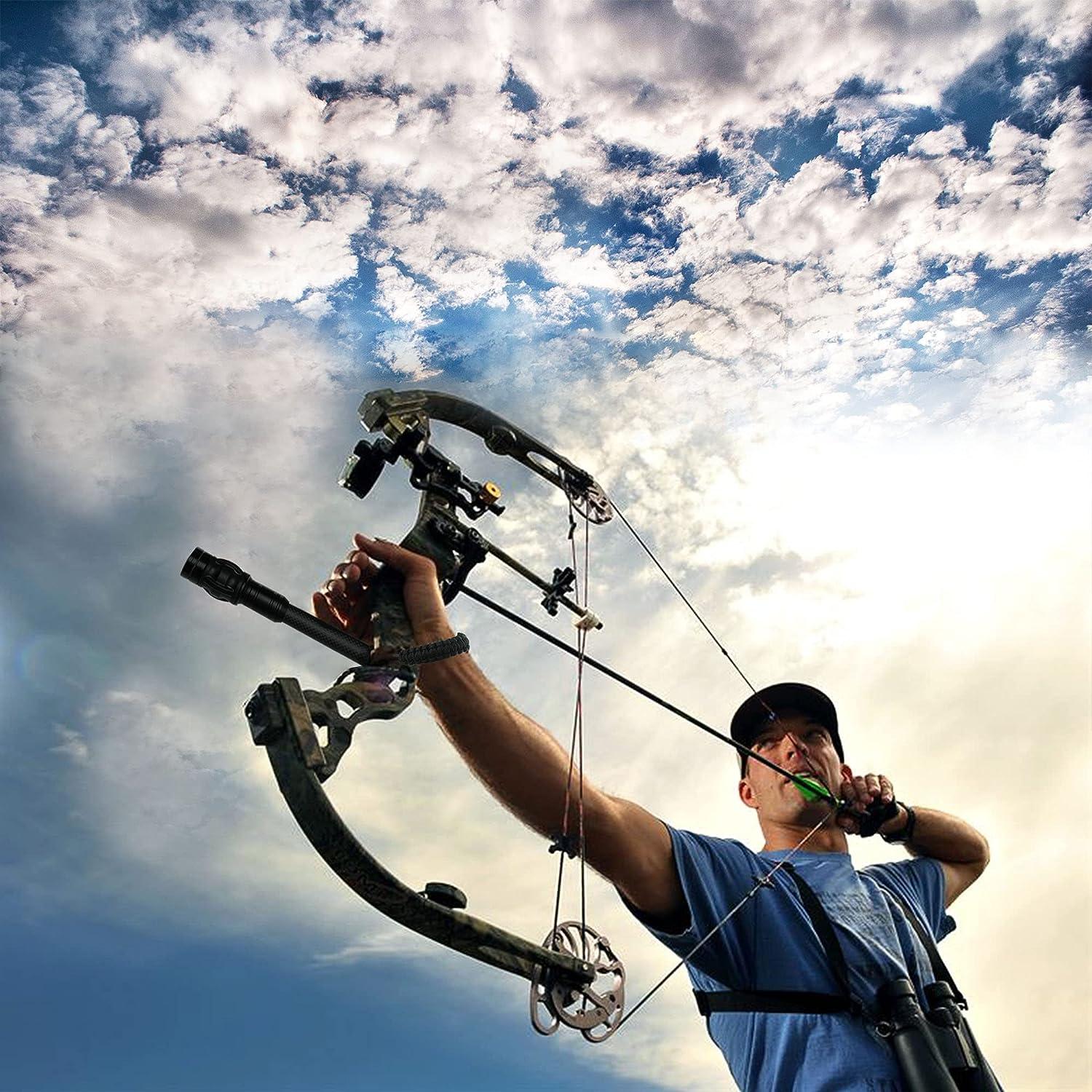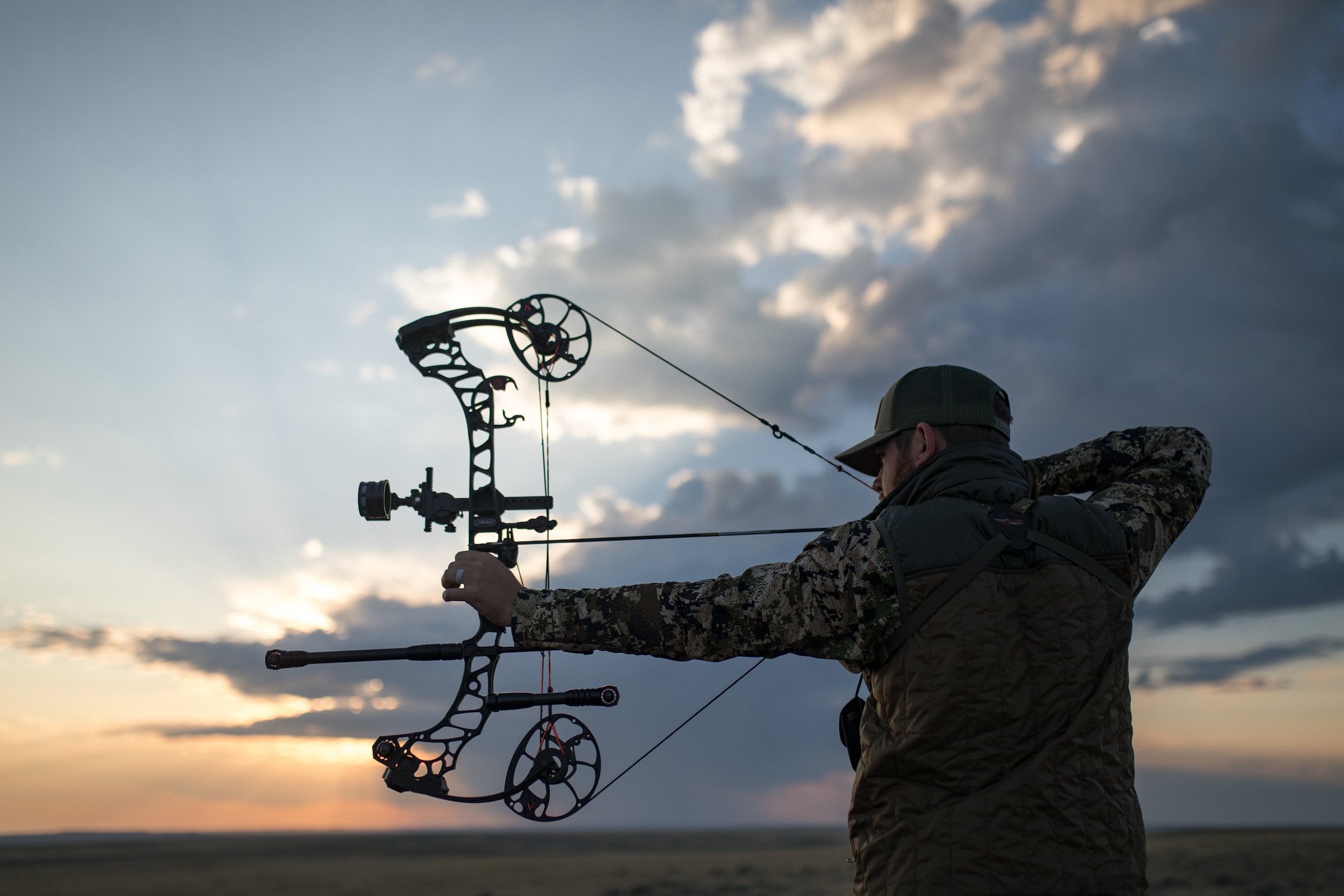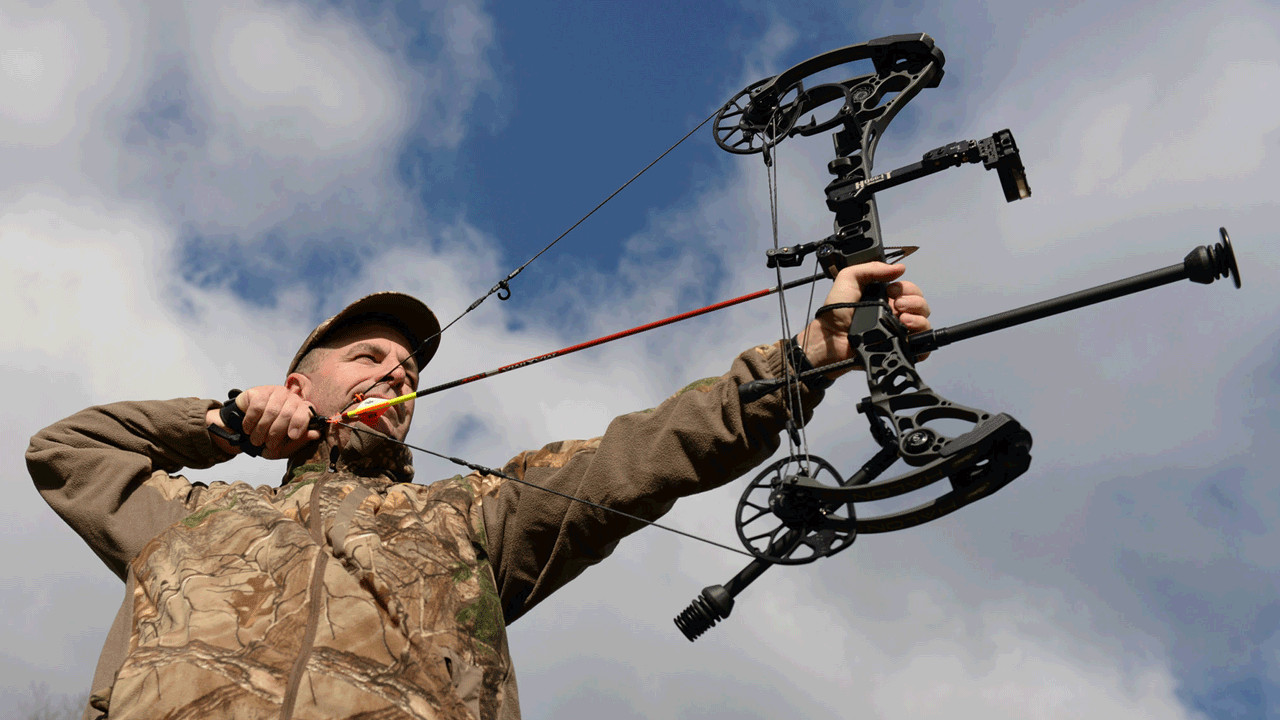Archery Stabilizer Basics: Improving Your Shooting Experience
Archery Stabilizer Basics: Improving Your Shooting Experience
Blog Article
Master the Art of Archery: Comprehending the Significance of a Stabilizer in Your Arrangement
Whether one is a skilled archer or just starting their journey, the value of a stabilizer in their setup can not be overemphasized. By understanding the advantages of making use of a stabilizer, thinking about the right variables when picking one, and correctly mounting and adjusting it, archers can raise their abilities to brand-new heights.
The Function of a Stabilizer in Archery
A stabilizer plays a vital duty in archery by boosting balance and reducing resonances throughout the shot. A stabilizer aids to neutralize these resonances by absorbing and dissipating the energy (archery stabilizer).
One of the primary advantages of a stabilizer is its capability to enhance equilibrium. The weight of the stabilizer helps to distribute the weight equally, reducing the pressure on the archer's arm and boosting stability.
In addition to equilibrium, a stabilizer additionally aids to minimize torque. When an archer launches the bowstring, there is an all-natural propensity for the bow to rotate in the hand. This rotation, known as torque, can cause the arrow to veer off-course. The weight and layout of a stabilizer combat this turning, ensuring an extra consistent and exact shot.
Benefits of Using a Stabilizer
The use of a stabilizer in archery offers countless advantages that enhance an archer's performance and total shooting experience. By taking in and wetting these vibrations, the stabilizer boosts the stability of the bow, enabling for even more consistent and specific shots.
Second of all, a stabilizer assists to stabilize the bow by adding weight to the front end. This weight circulation combats the all-natural tendency of the acquiesce tip ahead upon launch, minimizing the quantity of movement and boosting the archer's ability to keep objective on target.

Finally, a stabilizer can likewise serve as a shock absorber, reducing the shock and recoil experienced upon release. This not just improves the comfort of shooting yet additionally lessens the danger of injury or strain on the archer's body.
How a Stabilizer Boosts Accuracy
Enhancing the precision of an archer's shots, a stabilizer plays an important role in boosting general efficiency. archery stabilizer. By adding security to the bow, a stabilizer helps minimize the undesirable movement and resonance that can occur throughout a shot. This reduction in activity allows the archer to preserve a steady objective, resulting in even more accurate and constant shots

In addition, a stabilizer aids to moisten vibrations that occur upon release. These resonances can trigger the bow to shake, influencing the arrowhead's trajectory and accuracy. By absorbing and dissipating these resonances, a stabilizer assists to maintain the bow's security and make certain a precise and smooth shot.
Furthermore, a stabilizer can additionally assist in balancing the weight circulation of the bow (archery stabilizer). By including weight to the front of the bow, a stabilizer helps to stabilize the weight of devices, such as quivers or views, which may be affixed to the bow. This well balanced weight circulation assists the archer keep a regulated and steady shooting placement, resulting in boosted accuracy
Variables to Think About When Picking a Stabilizer
When choosing a stabilizer for your bow, it is important to think about several aspects that will contribute to its general efficiency and viability for your individual capturing style. The very first explanation variable to consider is the size of the stabilizer. Stabilizers can be found in various sizes, varying from short to long. Longer stabilizers typically give much more security and equilibrium, but they can also be larger and more challenging to maneuver. Shorter stabilizers, on the various other hand, offer better maneuverability yet might give up some stability.
One more element to think about is the weight of the stabilizer. The weight of the stabilizer can impact the equilibrium of your bow.
In addition, it is vital to take into consideration the layout and building and construction of the stabilizer. Some stabilizers have flexible attributes, such as flexible size or adjustable weights, which allow you to tailor the stabilizer to your details demands. The products utilized in the construction of the stabilizer can also influence its performance. Carbon fiber stabilizers are light-weight and long lasting, while aluminum stabilizers supply an equilibrium in between weight and rigidness.
Various stabilizers might work far better for certain shooting styles, such as target capturing or searching. It is recommended to seek advice from with experienced archers or experts to determine which stabilizer will ideal suit your private demands.
Tips for Correctly Changing a stabilizer and mounting
Proper installment and change of a stabilizer is essential for enhancing its efficiency and making sure optimum capturing accuracy. When setting up a stabilizer, it is crucial to adhere to a few essential steps to guarantee its performance. First, identify the ideal size of the stabilizer based navigate to this site on your shooting design and choices. Longer stabilizers offer more security yet can be much less maneuverable, while much shorter stabilizers supply enhanced ability to move yet may compromise security. As soon as you have actually picked the proper length, attach the stabilizer to the bow using the offered installing equipment. Ensure that the stabilizer is securely fastened and straightened with the bow's riser.
After installing the stabilizer, it is necessary to make changes to accomplish the desired equilibrium and shot consistency. Start by readjusting the weight distribution along the stabilizer. This can be done by including or eliminating weights from the stabilizer's weight system. Try out different weight arrangements to discover the balance that functions ideal for you. Furthermore, consider readjusting the angle of the stabilizer to adjust the shot. A small onward or backward tilt like this can affect the bow's equilibrium and exactly how it responds during the shot.

Conclusion
In final thought, a stabilizer plays a vital function in archery by boosting precision and minimizing bow torque. When choosing a stabilizer, variables such as material, weight, and size must be thought about to fulfill private needs.
Furthermore, a stabilizer can additionally aid in stabilizing the weight distribution of the bow. By including weight to the front of the bow, a stabilizer assists to stabilize the weight of accessories, such as views or quivers, which might be connected to the bow. Some stabilizers have flexible functions, such as flexible length or flexible weights, which allow you to tailor the stabilizer to your particular demands. Carbon fiber stabilizers are long lasting and lightweight, while light weight aluminum stabilizers offer a balance in between weight and rigidity.
Longer stabilizers provide more security but can be much less maneuverable, while much shorter stabilizers provide increased maneuverability however may give up stability.
Report this page